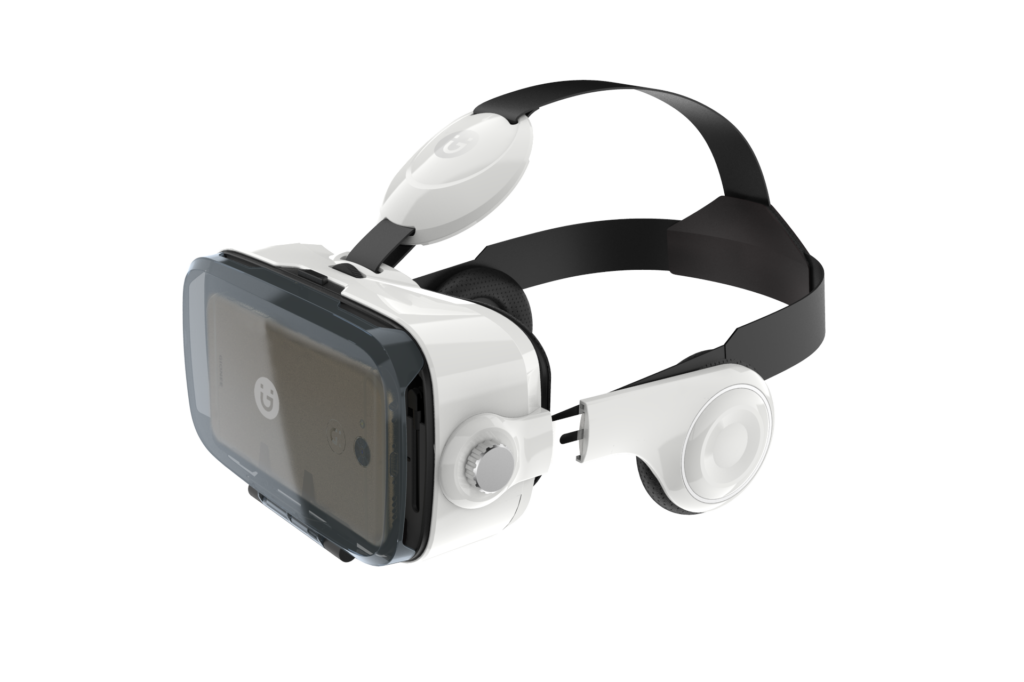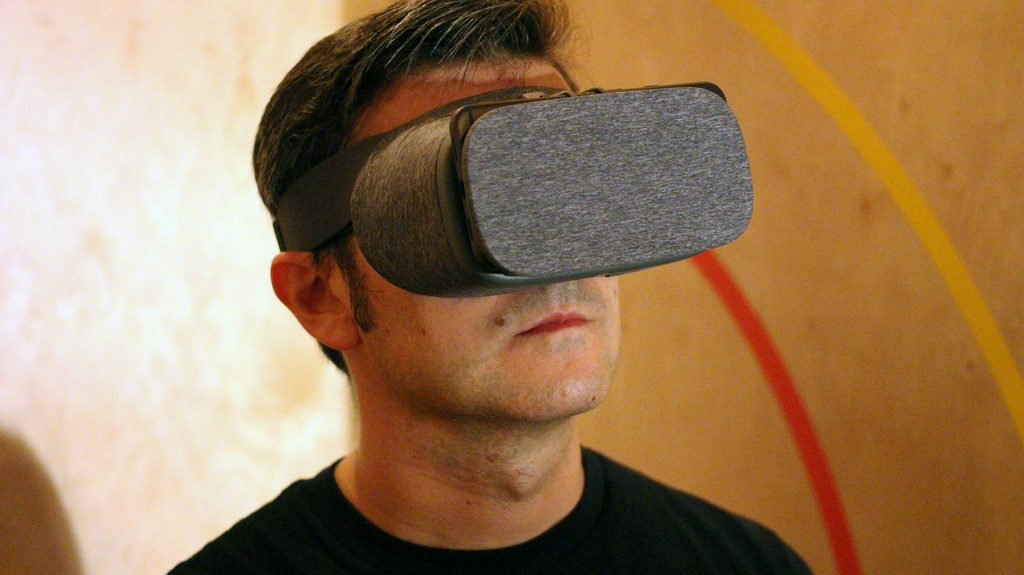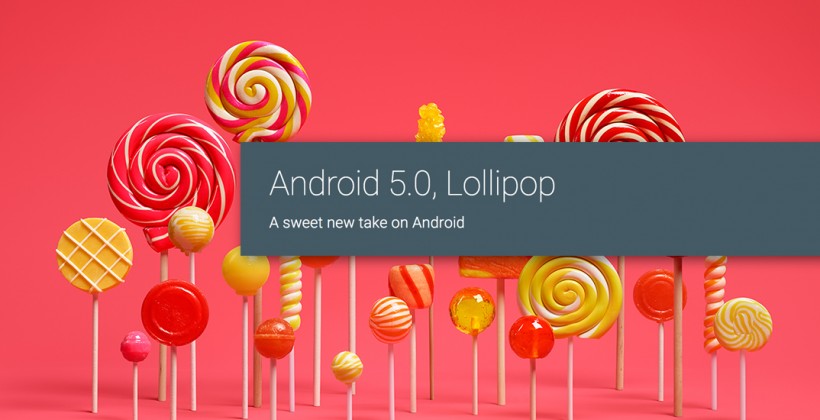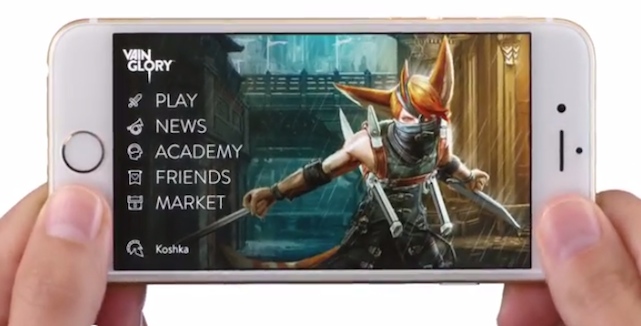The rise of virtual reality has largely dominated gaming news for the last year or two. We’ve seen a near-constant barrage of information about the top VR consoles and the various games that are being designed for them. It’s absolutely an exciting time for gamers, and it represents one of the biggest potential shifts in the industry in many years.
But even as much of our attention drifts toward the high-end VR headsets from Sony, Oculus, HTC, and others, we’re also seeing an interesting development regarding cheaper VR options. Companies behind popular mobile devices—in particular, Samsung and Google—have made it their business to design VR headsets that are directly compatible with their phones. For Samsung, this has been the case for some time, given that the Samsung Gear VR was released last November. Where Google is concerned, it’s a pretty new development that could be a signal of a bigger trend. Google only recently revealed its Pixel phone, with an accompanying VR headset.

There’s a pretty wide range of reviews for these mobile-compatible VR headsets, and some gamers will prefer them more than others. However, it’s easy to see how these innovative little pieces of equipment could alter the near future of mobile development as it relates to gaming.
For one thing, we’ve already seen that a relatively straightforward augmented reality experience can have an extraordinary effect on mobile gamers. For those who might be less familiar with that term, augmented reality is pretty much exactly what Pokémon Go is. It’s a game or experience that shows you fake elements inside your actual world—such as animated Pokémon viewed through a phone as if they’re on the sidewalk right in front of us. And Pokémon Go was just the beginning. We’ve seen rumors of a Harry Potter Go, which gets at the idea that the Pokémon experience can be imitated and spun off of fairly easily. These types of games are only going to grow more popular, and mobile phones with built-in compatibility with VR headsets are going to be ideally suited to capitalize on them.
Aside from augmented reality, another surprising area in mobile gaming where we’ve witnessed a style of activity practically built for VR headsets is through online casinos. While most of these platforms stick to fairly straightforward digital versions of poker and slot machines, there’s been much more interesting innovation as well. In particular, One platform has essentially created a simulation of a live casino, giving players the thrill of watching actual card dealers dishing out digital cards in games with competition against other real opponents. This can be enjoyed via the site’s mobile component as well, and naturally fits in with the idea of a headset gaming revolution. The mobile casino genre is enormously popular, and if people can get one step closer to feeling that their poker games are real, it will only get more so.
And finally, there’s virtual reality itself to consider. While VR has been the big story in gaming for a year or two, AR leapfrogged it where mobile devices are concerned. This, as has been explained, is entirely due to Pokémon Go. And for this reason, we’re all on the lookout for new AR experiences. But with devices like the Samsung Gear VR and the Google Daydream View coming out, it’s pretty much a sure thing that mobile developers will start focusing more on full-fledged VR development. There have been a few examples already, but in the coming year or so you can bank on the VR category in mobile gaming stores expanding rapidly.
Because of all of these factors, the line between mobile and VR is only going to keep getting blurrier.
This is a guest post by Arnold Weddle, a freelance writer out of the US. A die hard gamer at heart, he follows any and all innovations in the gaming industry with the utmost curiosity.



